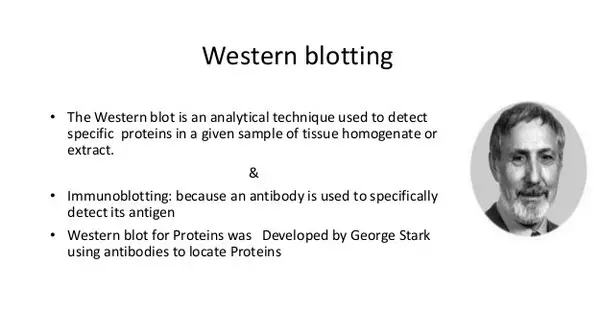

DNA Digestion: The extracted DNA is digested with restriction enzymes, which are enzymes that recognize specific DNA sequences and cut the DNA at those sites.The extracted DNA may include both coding and non-coding regions of the genome. DNA Extraction: Genomic DNA is isolated from cells or tissues using various extraction methods.The basic steps involved in Southern blotting are as follows: The Southern blotting method allows researchers to identify and characterize DNA fragments of interest, such as specific genes, gene mutations, or DNA polymorphisms. It is named after its inventor, Edwin Southern. Southern blotting is a laboratory technique used to detect and analyze specific DNA sequences in a sample.

Northern blotting Protocol | Image Source: What is Southern Blotting? This step allows visualization and quantification of the target RNA bands on the membrane. Detection of the bound probe is achieved by either autoradiography (for radioactive probes) or chemiluminescent/fluorescent methods (for non-radioactive probes). Washing and Detection: After hybridization, the membrane is washed to remove any unbound probe.The probe is usually labeled with a radioactive isotope (such as 32P) or a non-radioactive marker (such as biotin or digoxigenin) for detection. The probe is a complementary sequence that can specifically bind to the target RNA of interest. Hybridization: The transferred RNA on the membrane is then hybridized with a labeled RNA or DNA probe.This transfer can be achieved through capillary action or by using a vacuum apparatus. Transfer to Membrane: After gel electrophoresis, the separated RNA molecules are transferred (blotted) from the gel onto a solid support membrane, typically made of nitrocellulose or nylon.The RNA molecules migrate through the gel according to their size, with smaller molecules moving faster than larger ones. Typically, agarose gel is used for Northern blotting, and the RNA samples are loaded into wells in the gel and subjected to an electric field. Gel Electrophoresis: The denatured RNA samples are separated based on their size using gel electrophoresis.RNA Denaturation: The extracted RNA is denatured using heat or chemical denaturants to break the hydrogen bonds and convert the RNA molecules into single-stranded form.The extracted RNA may include different types of RNA, such as messenger RNA (mRNA), ribosomal RNA (rRNA), and transfer RNA (tRNA). RNA Extraction: Total RNA is isolated from cells or tissues using methods such as phenol-chloroform extraction or commercial RNA extraction kits.The basic steps involved in Northern blotting are as follows: The Northern blotting method allows researchers to determine the presence, size, and abundance of specific RNA molecules within a sample. It is named after its similarity to the Southern blotting technique, which is used for DNA analysis. Northern blotting is a laboratory technique used to study gene expression patterns by detecting and analyzing RNA molecules.


 0 kommentar(er)
0 kommentar(er)
